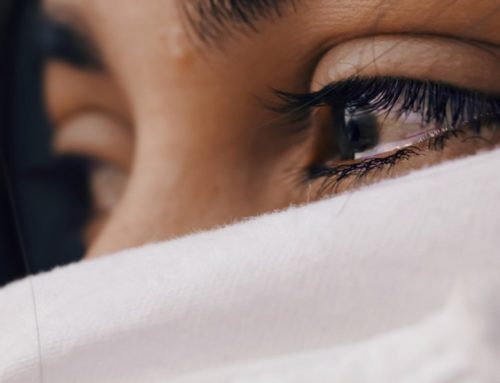By Claudia Carballal, staff member.
THE UNITED STATES IS FACING AN OPIOID MISUSE CRISIS THAT HAS BECOME A DEADLY HEALTH CARE DISASTER. THE MULTICULTURAL YOUTH SUBSTANCE ABUSE PROGRAM (MYSAP) AT MOSAIC FAMILY SERVICES UTILIZES PREVENTION RESOURCES WITH THE GOAL OF REDUCING DRUG MISUSE AND ABUSE AMONG TEENAGERS AND ADULTS, BECOMING A CRITICAL PART OF THE SOLUTION TO THE CURRENT DRUG EPIDEMIC.
According to the New York Times, the national opioid crisis has become the leading cause of death for people under 50 years old in the United States: “today, heroin addiction and prescription opioid misuse have become a 50-state epidemic, a deadly health care disaster overwhelming local, state and federal officials.” The National Institute on Drug Abuse estimated that as many as seven million Americans abused prescription medications in 2010. The biggest challenge that we are facing right now is finding a balance between the medicinal benefits of opiates and their highly addictive nature that is causing people to abuse them and overdose.
According to Princeton University, natural opiate drugs come from natural opium alkaloids, which include morphine, heroine, and codeine. There are also synthetic opiates that are being prescribed in the United States as pain relievers, sedatives, tranquilizers, and stimulants. Of these synthetic opiates, fentanyl and demerol are the most common. But there’s a third wave of synthetic opiates that are more potent. Fentanyl, one of the most popular and widely prescribed, is 50 times more potent than heroin. This has become the focus of the current opioid overdose crisis.
Many organizations and community coalitions are investigating the causes and effects of opioid addiction and working on possible solutions to this problem. Drug abuse prevention efforts seem to be a key component in solving this crisis. For example, based on the need for prevention measures related to the emergence of prescription drug misuse, the Texas Health and Human Services Commission (HHSC) is conducting regional Town Halls to discuss suggested best practices and solutions to prevent prescription drug misuse. No single cause has been linked to all addictions to opiates; both genetic and environmental causes seem to play a role. But it has been widely accepted that people with a “sensation seeking” personality and conduct related to dopamine addiction, are more likely to use drugs including the highly addictive and dangerous opiates. Preventive measures and education are a key component for solving opiate misuse problems.
But what are preventive measures? In the early 1990s, the U.S. Congress directed the National Institute of Mental Health (NIMH) to work with the Institute of Medicine (IOM) to develop a long-term prevention research program distinguishing between prevention and treatment efforts (Dozois & Dobson, 2004; Munoz, 2001). Since then, preventive measures have been implemented with the goal of bringing about change in the community. Selective interventions target specific segments of the population that are considered “at-risk” for using or abusing drugs. These measures have shown to make major improvements in the targeted populations. At Mosaic Family Services, the MYSAP program works on selective preventive measures by educating the community on current drug issues, drug trends, the negative effects of drugs on the mind and body, and the devastating consequences for our communities. We utilize prevention resources with the goal of reducing drug misuse and abuse among teenagers and adults.
Gonchar M. and Grosson C. Investigating the Heroin and Prescription Opioid Epidemic: A Lesson Plan, May 4, 2017. Retrieved from https://www.nytimes.com/2017/05/04/learning/lesson-plans/investigating-the-heroin-and-prescription-opioid-epidemic-a-lesson-plan.html
The New York Times, “The Daily” Podcast. June 22, 2017 at 4:39 AM (Audio).
Hooley, J. M. Abnormal Psychology, Ch. 17 (17th Edition).


